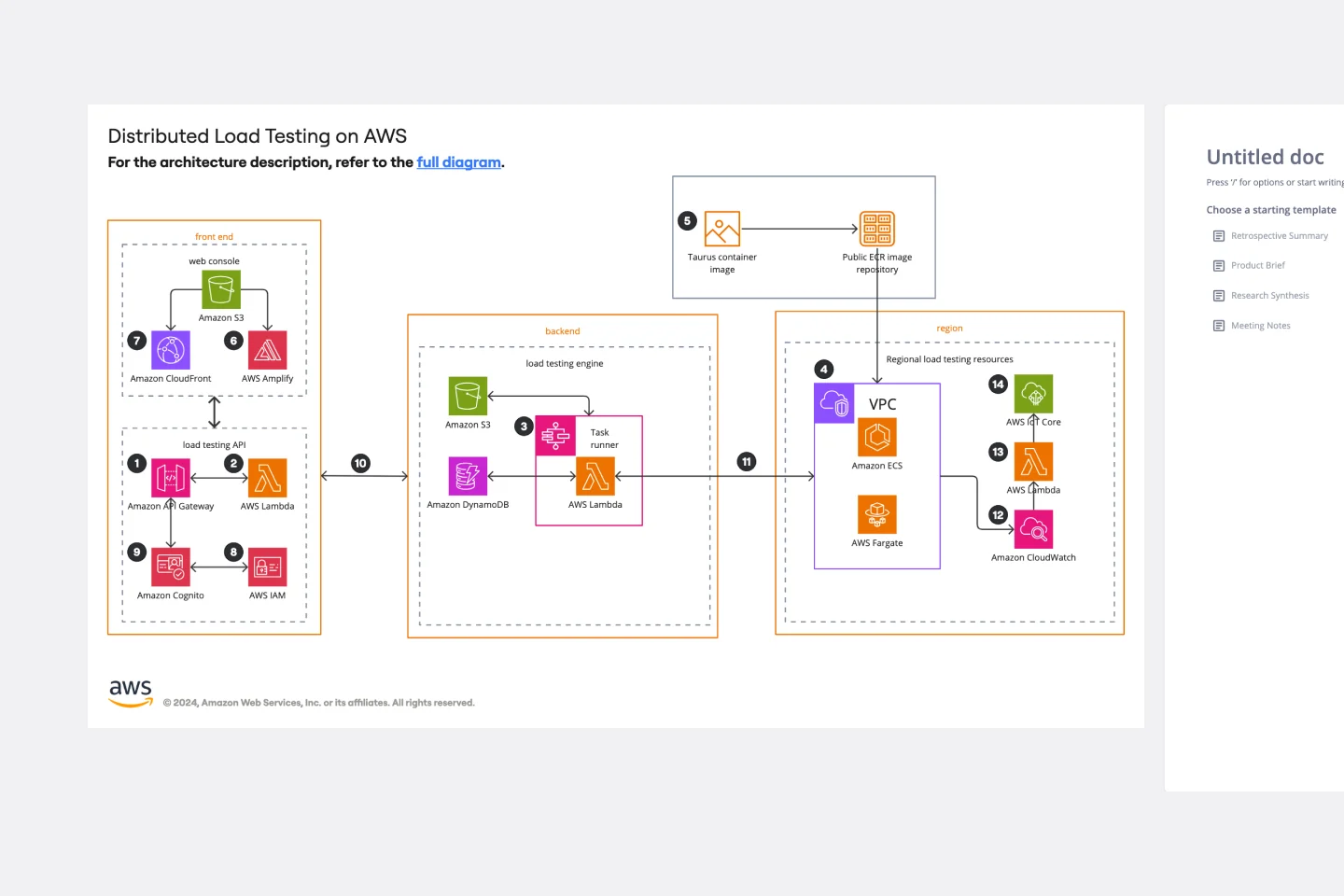About the Kubernetes Application Template
The Kubernetes Application allows you to manage enterprise-ready containerized apps. It shows prebuilt deployment templates, portability, and simplified licensing and consolidated billing.
Keep reading to learn more about the Kubernetes Application Template.
Why use a Kubernetes configuration management
You can use a Kubernetes Application to run deployments anywhere, in Anthos, the Cloud, or Kubernetes clusters in other environments.
Developers use containers because they provide extra benefits such as agile app creation and deployment, and are set up for continuous development and integration. Kubernetes image immutability allows for quick and efficient rollbacks, making containers easy to operate. Kubernetes Applications also feature prebuilt deployment templates and default configurations.
How do I create a Kubernetes Application template?
A Kubernetes Application template allows you to visualize the deployment enterprise containerized of apps.
To create a basic Kubernetes Application template with Miro, you can follow these steps:
Define your Kubernetes Application cluster.
Use our set of Kubernetes Icons to place each component.
Organize your diagram by adding connection lines between the component shapes
Use arrows to indicate the flow of information and format your Kubernetes Application template.
In Miro, you can quickly build a Kubernetes Application from scratch using our design tools and icons set, or use our Kubernetes Application template and customize it as you see fit.
FAQ about the Kubernetes Application Template
Which Applications are managed by Kubernetes?
Here are some of the applications managed by Kubernetes: GitLab, CloudBees, Neo4j, Seldon, Aerospike, Couchbase, WordPress, Prometheus, among others. With Miro, you can use a Kubernetes Application template to diagram your cloud architecture and better manage your applications. Try it out and see how it can work for you.






